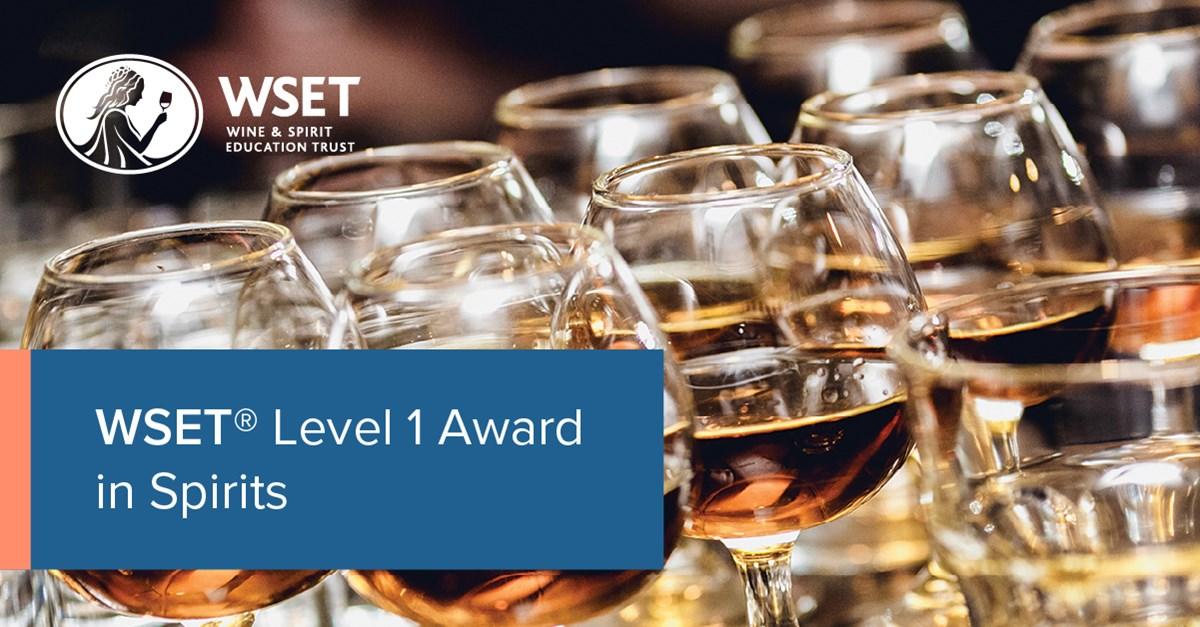Attached my study note for WSET Level 1 Award in Spirits. I have also included a mini Q&A that posted answers to questions that I have raised while studying the course material. The material presented in Q&A might not be relevant to the examination and at times might not be included in the course material.
An Overview of Spirits Production
4 key steps in ALL Spirit Production
- Processing the Raw Material
- Aim
- Aim of processing the raw material is to create and produce a sugary liquid so that fermentation can take place.
- Types
- The raw material has to be plant base.
- Each raw material gives a spirit a unique set of aromas.
- Aim
- Fermentation
- Aim
- To turn the sugary liquid into alcoholic liquid.
- How
- Microorganism (Yeast) are added into sugar. Sugar are eaten by the yeast and ethanol along with carbon dioxide are created.
- Typically fermentation yield 8-10% abv
- Abv = alcohol by volume
- Fruity aroma are created by yeast
- Aim
- Distillation
- Aim
- Distillation increases the level of ethanol in the fermented alcoholic liquid.
- How
- Making use of the difference in boiling point in ethanol and water, the alcoholic beverage is heated and condensed to obtain a new liquid that has higher ethanol content.Distilled liquid contains no color and is neither sweet nor salty. This is because sugar and salt does not vaporize in the heating temperature range.
- Distillation Strength
- Strength of alcohol impacts aroma intensity.
- Abv of 96% has low aroma intensity and is hence described as “neutral”
- The lower the strength of alcohol the higher the aroma intensity.
- Stills
- Pot Stills
- Traditional way of distilling. Usually need to to double pot still distillation to achieve higher ethanol concentration. 10% →25%→75% abv
- It cannot produce alcohol continuously and has to be cleaned after each distillation. Hence it is always distillation in batches.
- High strength neutral spirits(i.e. > 90% abv) cannot be made, no matter how many pot still distillation are used.
- Column Still
- Vertical structure divided into sections
- Short column still can produce medium to pronounced intensity aroma
- Tall column still > 95% abv
- Pot Stills
- Distillation Strength
- Making use of the difference in boiling point in ethanol and water, the alcoholic beverage is heated and condensed to obtain a new liquid that has higher ethanol content.Distilled liquid contains no color and is neither sweet nor salty. This is because sugar and salt does not vaporize in the heating temperature range.
- Aim
- Post-Distillation
- Aim
- Adjust color, aromas, sweetness and alcohol strength depending on the style of the spirit made.
- How
- Aromas and Color:
- Unaged spirits :
- Keep aromas and color but may adjust alcohol content and sweetness. Kept in Stainless steel so aroma is preserved.
- Oak-Aged spirits :
- Adds color and aromas to spirits through aging in oak. May adjust alcohol content and sweetness
- Lemon → gold → amber → brown color progression
- Possible aromas:
Vanilla, cinnamon cloves and coconut - Possible aromas with longer aging :
Fruit cake, dried fruit, leather and wood polish
- Adds color and aromas to spirits through aging in oak. May adjust alcohol content and sweetness
- Flavoured spirits : Made with flavors other than oak.
- Unaged spirits :
- Belending
- Purpose is to achieve
consistency and complexity.
- Purpose is to achieve
- Final Steps
- Making color consistent using caramel
- Adding sugar
- Dilution with pure water
- Aromas and Color:
- Aim

